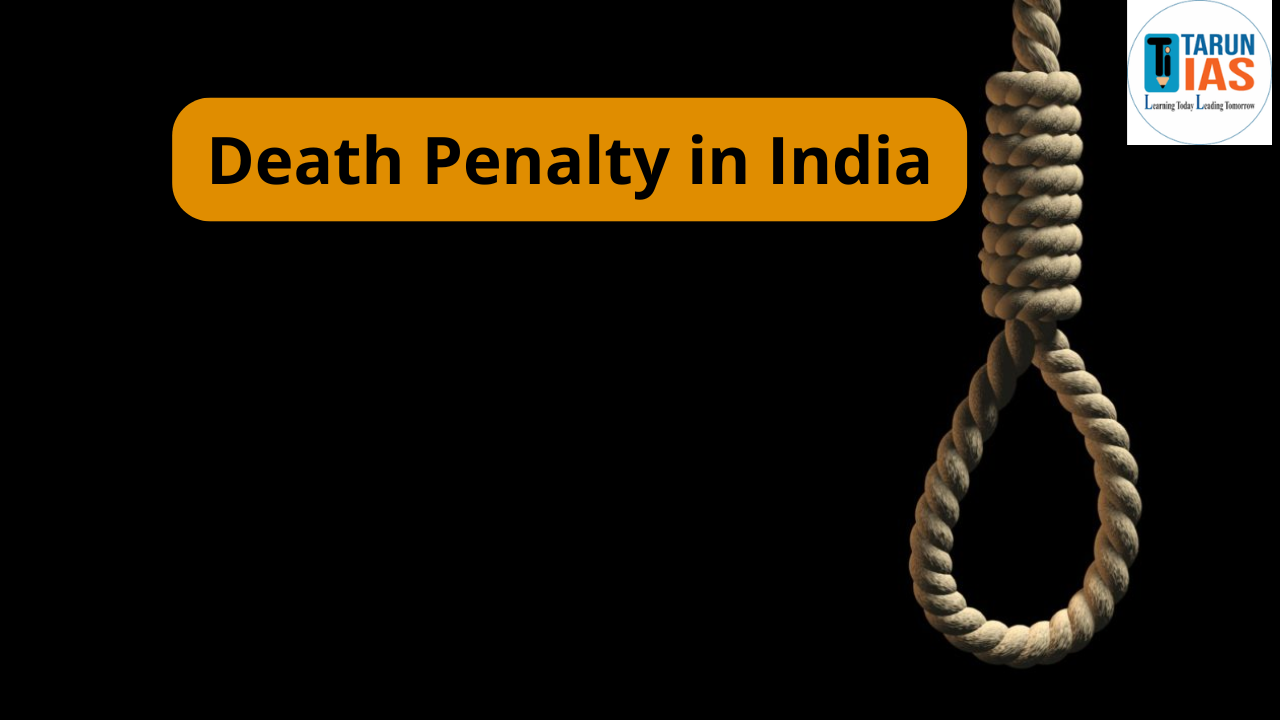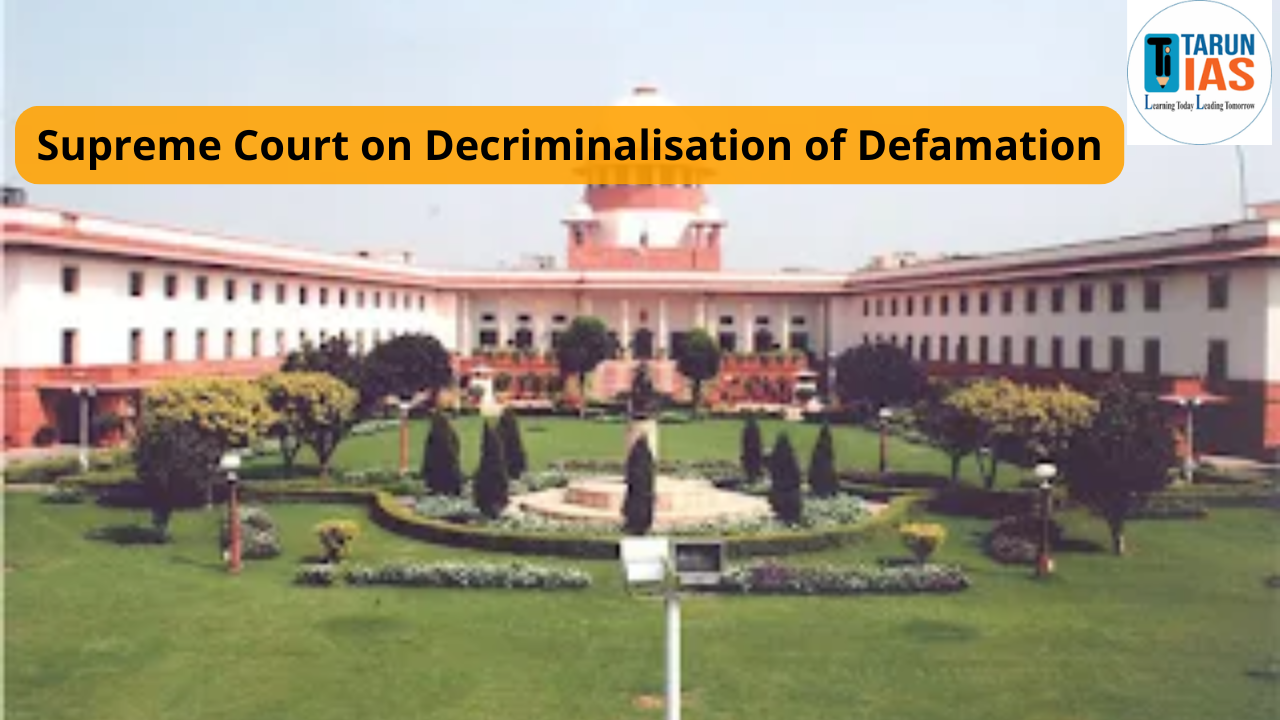Lord Mountbatten (the last viceroy of India) came to India to facilitate the transfer of power, but the Indian National Congress (INC) and the Muslim League could not agree on partition. He proposed the 3rd June Plan, which both parties accepted, despite the INC’s initial opposition to partition. This plan was enacted through the Indian Independence Act of 1947. The Indian Independence Act of 1947 was a pivotal piece of legislation passed by the British Parliament that facilitated the partition of India and the creation of two independent dominions- India and Pakistan.
The Indian independence movement had gained significant momentum by the mid-20th century, with growing demands for self-rule and the end of British colonial control. Various efforts, including the Simla conference and the Cabinet plan were made to address the needs for independence and resolve the communal issues, however were largely unsuccessful.
Provisions of the Indian Independence Act of 1947
-
- End of British Rule: The British authority in India officially ended, declaring India an independent and sovereign state on August 15, 1947.
- Partition of India: The Act provided for the partition of India, creating two dominions: India and Pakistan, each with the right to secede from the Commonwealth.
- Abolition of British Offices: The positions of Viceroy and Secretary of State were eliminated.
- End of British Responsibility: The British Government was relieved of any responsibility for the governance of India or Pakistan. Instead, the Constituent Assemblies of both dominions were empowered to draft and approve their constitutions and to annul any legislation passed by the British Parliament, including the Independence Act itself.
-
- Termination of British Paramountcy: The Act marked the end of British supremacy over the Indian princely states and terminated treaty connections with tribal areas on August 15, 1947. The princely states were given the option to join either the Dominion of India, the Dominion of Pakistan, or remain independent.
- Nominal Heads: It established the roles of Governor-General of India and provincial governors as the constitutional (nominal) heads of the states. They were required to follow the advice of their respective council of ministers on all matters.
- Civil Services: The appointment to civil services and the reservation of posts by the Secretary of State for India were discontinued.
- Change of Royal Titles: The British Emperor would no longer use the title “Emperor of India.”
Impact and Criticism of the Partition and Transfer of Power
- Swift Transfer of Power: Mountbatten’s accelerated timeline for independence led to a rapid and chaotic transition, resulting in administrative and logistical challenges.
- Communal violence: The hurried process contributed to widespread communal violence and displacement, as boundaries were hastily drawn without adequate preparation or consultation with local populations.
- Boundary Decisions: The decisions made by the boundary commissions led to significant disputes, particularly in regions like Punjab and Bengal, and Kashmir, contributing to unintended long-term geopolitical tensions.
The act resulted in the division of Indian territories into India and Pakistan. A commission was formed to establish the boundary between the two nations, chaired by Sir Cyril Radcliffe (a British lawyer) who had no prior experience in India. His impartiality was presumed beneficial, as he arrived in India without preconceived biases related to local issues. Lord Mountbatten was appointed as the first Governor-General of the Dominion of India, who subsequently swore in Jawaharlal Nehru as the country’s inaugural Prime Minister. C. Rajagopalachari was elected as the Governor-General of Independent India by the Constituent Assembly. Established in 1946, the Constituent Assembly of India became the first Parliament of the Indian Dominion. Mountbatten’s role in the partition of India was significant, both in facilitating the independence process and in shaping the geopolitical landscape of South Asia. His actions were a mix of diplomacy and pragmatism but also faced criticism for the haste and resulting humanitarian crisis during the partition.
In summary, the Indian Independence Act of 1947 was a crucial step in ending British colonial rule and granting independence to India and Pakistan. However, its rushed execution and inadequate planning led to significant human suffering and laid the groundwork for enduring conflicts. While it achieved the primary goal of independence, the Act’s shortcomings continue to affect the region’s political and social landscape. The legacy of the Act highlights the complex interplay of decolonization, national identity, and geopolitical strategy in the mid-20th century. Subsequently, the legacy continues to influence India and Pakistan’s domestic and international policies, reflecting both the challenges and achievements born out of their shared history of partition and independence.
|
UPSC Articles |
|
| UPSC Interview Marks | |
| UPSC Selection Process | |















